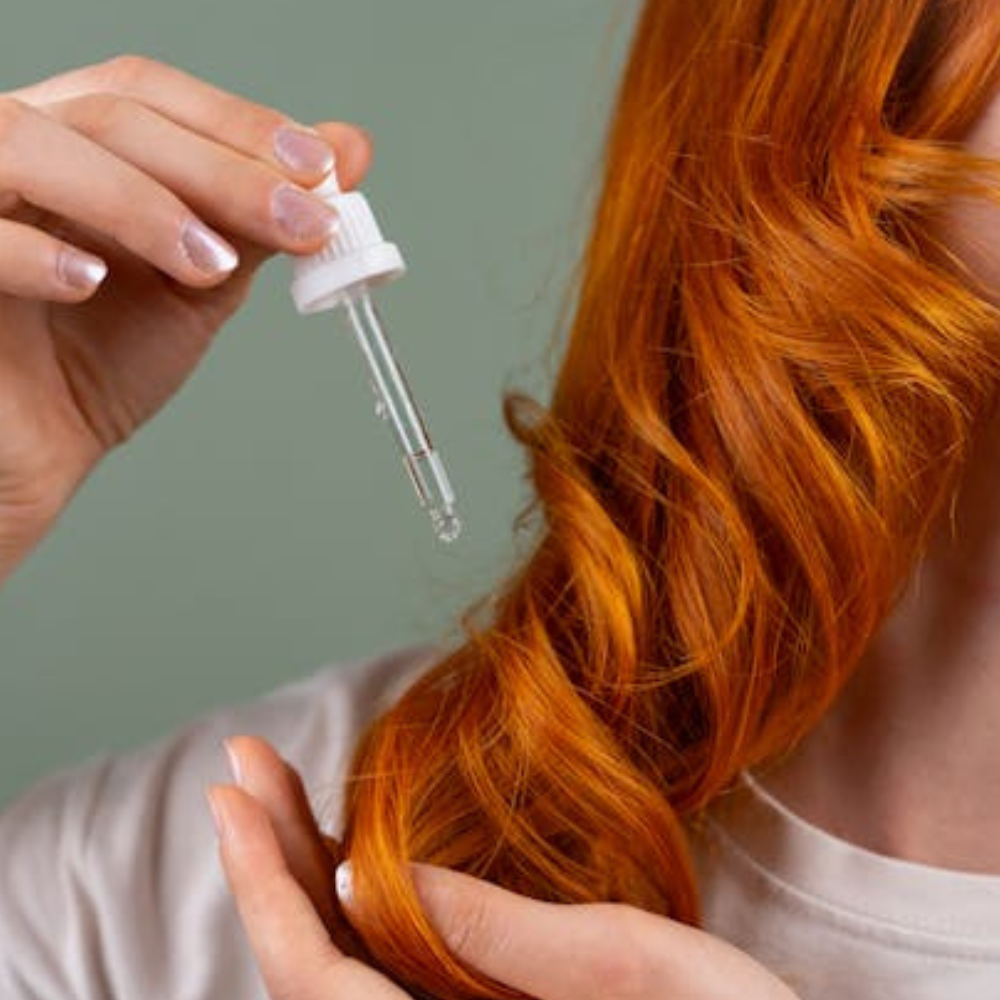Facials are a great way to take care of your skin and improve its appearance. There are many different types of facials available, each with its own unique benefits.
Here is a guide to some of the most popular types of facials and what they do:
- Classic facial: A classic facial is a good all-around facial that is suitable for most skin types. It typically includes cleansing, exfoliating, steaming, extractions, a mask, and a moisturizer. A classic facial can help to remove dirt, oil, and dead skin cells, improve circulation, and leave the skin feeling refreshed and hydrated.
- Deep cleansing facial: A deep cleansing facial is a good option for people with oily or acne-prone skin. It typically includes cleansing, exfoliating, steaming, extractions, a mask, and a moisturizer. A deep cleansing facial can help to remove dirt, oil, and dead skin cells from the pores and reduce the appearance of acne.
- Hydrating facial: A hydrating facial is a good option for people with dry or dehydrated skin. It typically includes cleansing, exfoliating, steaming, a hydrating mask, and a moisturizer. A hydrating facial can help to replenish the skin’s moisture levels and leave it feeling soft and smooth.
- Anti-aging facial: An anti-aging facial is a good option for people who are looking to reduce the appearance of fine lines and wrinkles. It typically includes cleansing, exfoliating, steaming, a mask, and a moisturizer. An anti-aging facial may also include other treatments such as microdermabrasion or chemical peels.
- Brightening facial: A brightening facial is a good option for people with dull or uneven skin tone. It typically includes cleansing, exfoliating, steaming, a brightening mask, and a moisturizer. A brightening facial can help to exfoliate the skin, remove dead skin cells, and reduce the appearance of dark spots.
Other types of facials include:
- Men’s facial: A men’s facial is a facial that is tailored to the specific needs of men’s skin. It typically includes cleansing, exfoliating, steaming, a mask, and a moisturizer. A men’s facial may also include other treatments such as shaving or beard trimming.
- Teen facial: A teen facial is a facial that is tailored to the specific needs of teenagers’ skin. It typically includes cleansing, exfoliating, steaming, a mask, and a moisturizer. A teen facial can help to remove dirt, oil, and dead skin cells from the pores and reduce the appearance of acne.
- Back facial: A back facial is a facial that is performed on the back. It typically includes cleansing, exfoliating, steaming, a mask, and a moisturizer. A back facial can help to remove dirt, oil, and dead skin cells from the back and reduce the appearance of acne.
How to choose the right facial for your skin type
It is important to choose a facial that is tailored to your specific skin type. If you are unsure of your skin type, you can consult with a dermatologist or esthetician.
Here are some general guidelines for choosing the right facial for your skin type:
- Oily or acne-prone skin: Choose a deep cleansing facial or a facial with a clay mask.
- Dry or dehydrated skin: Choose a hydrating facial or a facial with a cream mask.
- Sensitive skin: Choose a gentle facial or a facial with products that are specifically designed for sensitive skin.
- Mature skin: Choose an anti-aging facial or a facial with products that are specifically designed for mature skin.
What to expect during a facial
A typical facial will last about 60-90 minutes. It will start with a cleansing to remove dirt, oil, and makeup. Then, the esthetician will exfoliate the skin to remove dead skin cells. This may be done using a physical exfoliant, such as a scrub, or a chemical exfoliant, such as an alpha hydroxy acid (AHA) or beta hydroxy acid (BHA).
After exfoliating, the esthecian may steam the skin to help open the pores and soften blackheads and whiteheads. Then, the esthecian will extract blackheads and whiteheads, if necessary.
Next, the esthetician will apply a mask to the skin. The type of mask used will depend on the client’s skin type and needs. For example, a clay mask may be used to absorb oil and reduce the appearance of pores, while a cream mask may be used to hydrate and nourish the skin.
After the mask has been removed, the esthetician will apply a moisturizer to the skin. Some facials may also include other treatments, such as microdermabrasion or chemical peels.


Leave a Reply